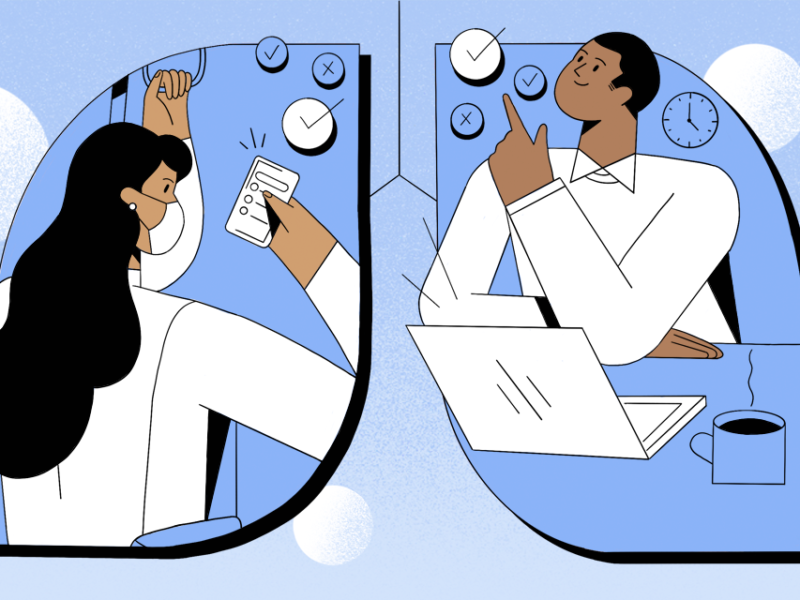Researchers are taking a new approach to combat HIV; rather than focus on the virus, scientists are now looking at patients for an answer. Specifically, researchers are looking at those who have successfully held HIV at bay. New research, published in Nature, may be key in the development of a vaccine for HIV.
HIV is the virus that causes AIDS, a disease that destroys the immune system. When a person is infected by any pathogen, the immune system starts producing antibodies, or proteins that identify and neutralize pathogens. For the first few weeks after infection, antibodies can fight off HIV, even as it mutates. However, the body cannot keep up with these mutations and eventually fails to produce enough antibodies to fight HIV.
The researchers, led by a team at the Duke University Human Vaccine Institute, were interested in a special type of antibody called broadly neutralizing antibodies (bNAbs). bNAbs are unlike regular antibodies because they can continually fight HIV even as it mutates. However, only about twenty percent of people produce this type of antibody as a response to infection with HIV.
The scientists collected blood samples over several years from a patient who was known to produce bNAbs. They studied how the virus evolved from soon after he was infected and how the patient’s body responded by producing bNAbs.
If scientists can understand what triggers the production of these powerful antibodies, they could theoretically create a vaccine that could also initiate production of bNAbs. A vaccinated person’s body would then have the antibodies needed to fight off HIV.
Future work will need to look at the immune response of other people who naturally produce bNAbs in addition to this one case. Dr. Barton Haynes, a leader of the research at Duke, explained to Time Magazine, “The hope is that by mapping individual pathways to generating broadly neutralizing antibodies, we can find some commonalities among people even though everyone is different.”
Many successful vaccines have been developed to prevent other devastating viral infections, including measles and smallpox, for example. HIV, however, has some key differences that have made the development of a successful vaccine difficult for over thirty years. Dr. Anthony Fauci, the director of the National Institute of Allergy and Infectious Diseases, cited HIV’s ability to hide from the immune system and mutate quickly as key reasons for this difficulty. Cost and the difficulty of clinical trials are also barriers to developing a vaccine.
This research is by no means the only work being done on a vaccine for HIV. The International AIDS Vaccine Initiative Report catalogues scientists’ work on an HIV vaccine around the world. The site includes a database of vaccines that are currently being or have been tested in clinical trials.
While this research is very promising, it presents many questions for future research to address. Dr. Louis Picker, an HIV vaccine specialist at Oregon Health and Science University cautioned that the findings are “a road map to vaccine development, yes — but it’s like one of those maps of the world from the year 1400.”
The research at Duke also focused on a single bNAb antibody called CH103. Researchers agree that a successful vaccine will need to trigger the production of more than one bNAb in order to produce a sufficient defense against HIV. William Schief, a protein engineer who specializes in vaccine design at the Scripps Research Institute pointed this out. “It poses the question for the vaccine-design field of how much of that viral diversity we need to incorporate into our vaccine regimens to try to elicit broadly neutralizing antibodies.”
Since HIV emerged in 1981, over 25 million people have died from the disease. In Sub-Saharan Africa, where the disease is most highly concentrated, one in twenty people are living with HIV. While the disease has no cure, antiretroviral drugs can effectively treat the infection.
